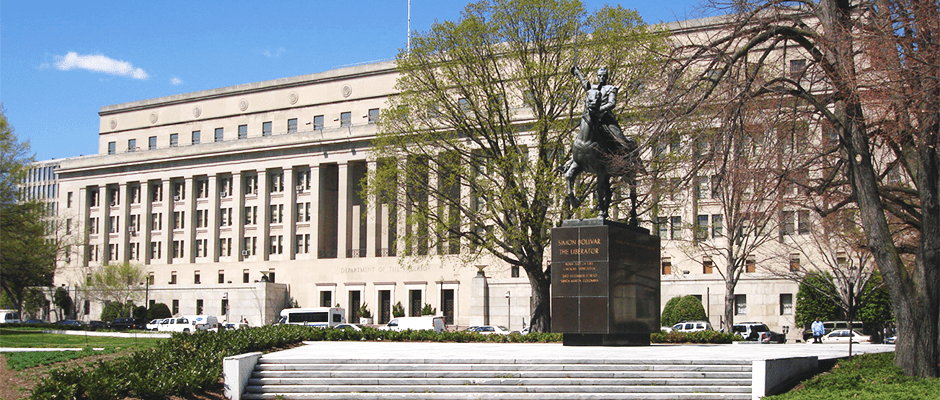Share this article
Interior and environment appropriations bill released
The House Appropriations Subcommittee on Interior, Environment, and Related Agencies voted last week on a 2019 spending package that would keep overall funding at this year’s levels but change the way those funds are dispensed, including an $11 million cut to the U.S. Fish and Wildlife Service, $19 million more to the U.S. Geological Survey and massive cuts to the Environmental Protection Agency.
The $35.25 billion package for fiscal year 2019 would fund the Department of the Interior, as well as several other wildlife-related agencies and programs.
The Wildlife Society provided comments to the subcommittee to advocate for the robust funding of conservation and management programs within these agencies. Line-item appropriations are not provided for all programs but will likely be added in future amendments and committee report language.
If passed, this legislation would decrease funding for the USFWS to $1.6 billion. Migratory bird programs addressed within the subcommittee text include the North American Wetlands Conservation Act, which would see an increase in funding from $40 million to $42 million, and the Neotropical Migratory Bird Conservation Act, which would see level funding, at $3.9 million.
The USFWS’ State and Tribal Wildlife Grant Program would also see flat funding at $63.6 million. TWS has requested an increase in funding for this program, stating that these funds “support strong partnerships among federal, state, tribal, private and nonprofit entities that enable wildlife professionals to implement on-the-ground conservation activities that benefit over 12,000 at-risk species.” STWG is the only federal program that directly aids in the conservation of state-identified Species of Greatest Conservation Need.
Proposed appropriations for the BLM total $1.4 billion, an increase of $55 million. The USGS budget was $1.17 billion, shy of the $2 billion requested by the USGS Coalition, of which TWS is a member. The U.S. Forest Service would receive $6.1 billion overall, maintaining last year’s levels except for extra funds dedicated to wildland fire management. The USFS Forest and Rangeland Research program would receive FY2018 funding levels of $297 million — $10 million less than the amount requested by TWS.
This bill would also appropriate funding for the Land and Water Conservation Fund and the EPA. LWCF would be funded at $360 million — $65 million less than in the FY2018 omnibus appropriations package, but significantly more than the level proposed in the FY2019 executive budget. The EPA is facing cuts of up to $100 million. These cuts are “aimed at research and regulatory programs,” said Subcommittee Chairman Ken Calvert, R-California.
House legislators again this year inserted several contentious provisions related to the Endangered Species Act, including one that would require the Interior Department to issue a rule delisting the gray wolf (Canis lupus) in the lower 48 states, and one that would prohibit Interior from using any funds to propose the listing of the greater sage-grouse (Centrocercus urophasianus) or the Columbia basin population of greater sage-grouse.
The subcommittee passed this bill by voice vote May 15 with no amendments. It is one of 12 appropriation bills slated to move through the House before the fiscal year ends Sept. 30. The Senate is taking up its own appropriations packages. Any differences between bills in the two chambers must be reconciled before they can be signed into law.
For more information on the federal budget process, refer to the Policy Toolkit, provided by The Wildlife Society in support of the Conservation Affairs Network.
Header Image: Department of Interior building in Washington, D.C. ©showbiz kids








